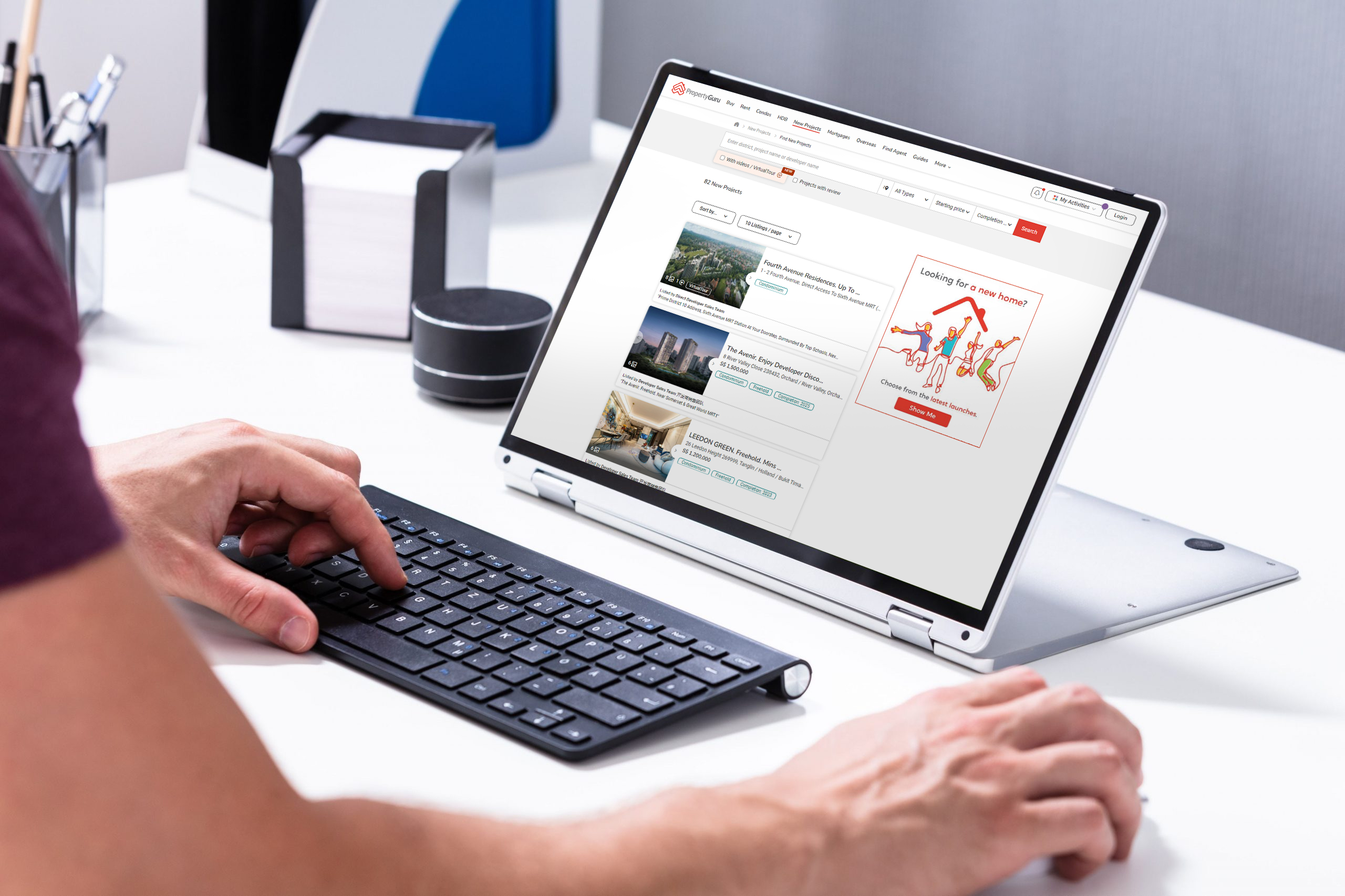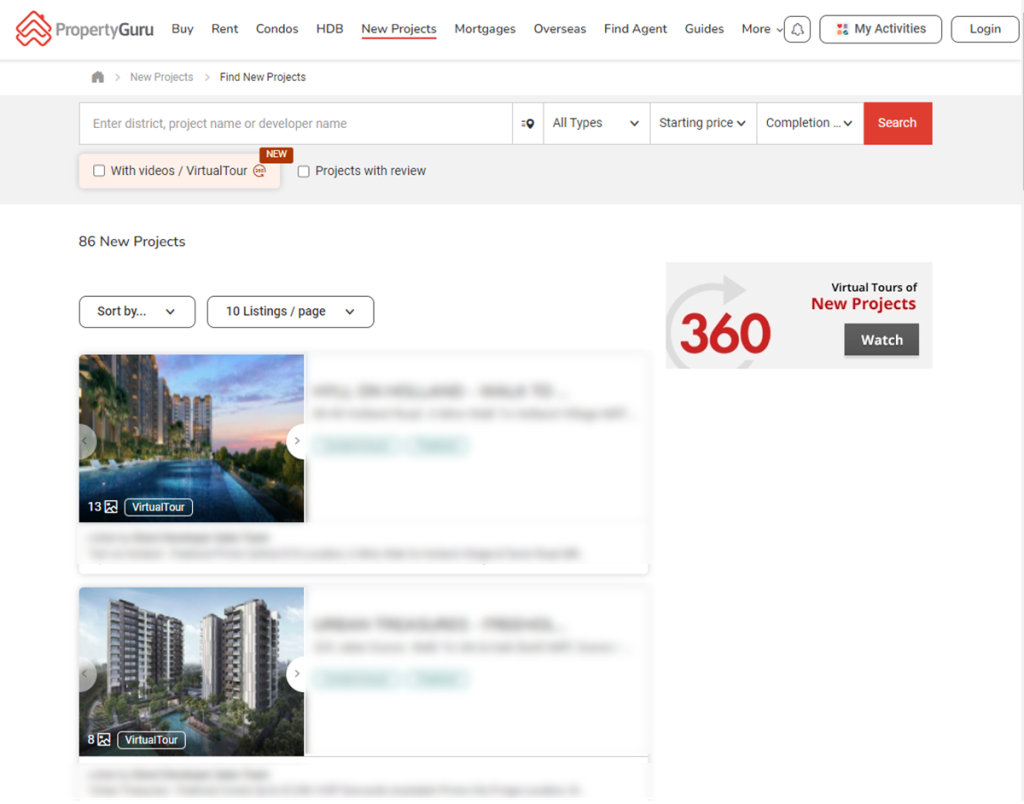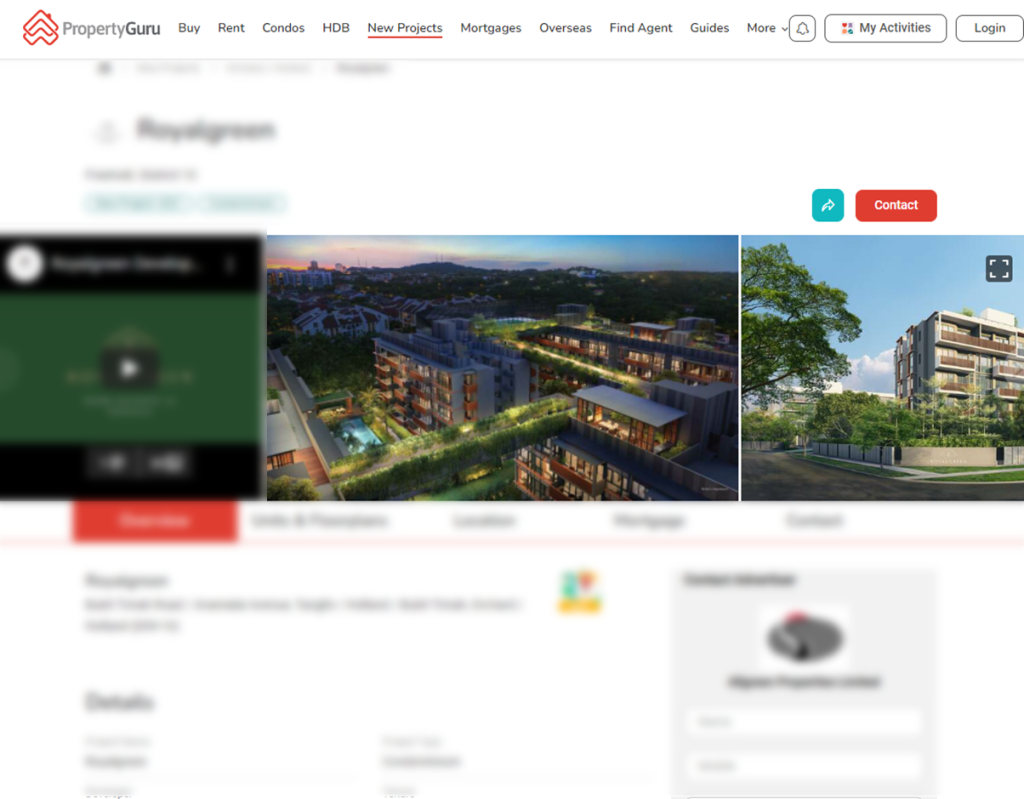Your Definitive Guide to Creating the Ideal Property Listing

Over the years, property listings have evolved from being simple paper classifieds or multiple fold brochures, to featuring fully immersed 3D virtual tours. They keep on getting better, more customer-centric, and more immersive.
With everything these days being digitalised, the online property market has seen radical changes that continue to foster an increasingly competitive environment.
Developers must be equipped with the knowledge and tools that will enable them to cut through the clutter and send the right message to the right people, at the right time.
The goal is not to bombard property seekers with a barrage of information, but to showcase choice units and highlight how they add value to a potential buyer’s lifestyle.
Our in-house Gurus, Andrew Cheah and Mike Babiy from the User Experience and Product teams share more about the secret ingredients that make a good listing.
What is a Good Listing, From Your Perspective?
If we had to define a good listing in the simplest terms, we’d describe it as a well-crafted digital advertisement that can attract the right kind of audience, offer them necessary information, and ultimately generate a sale—or in marketing terms, a conversion.
In other words, a high-quality listing aids in the provision of comprehensive information that both buyers and sellers can evaluate. A strong listing strategy will enable you to sell property more quickly and for more money.
When you’re in the process of building a property listing, there are multiple elements that need to be considered. Beyond crafting your listing with eloquent text, you need to consider external factors such as the featured content, how your audience will discover your listing, and the devices they use.
All of these go into creating a high-quality listing that engages with the audience it’s meant for, effectively captures eyeballs, and results in sales.
Why Are Lead-Generating Listings Important?
As with any other business, the property market is also driven by Return on Investment (ROI). The number of impressions and enquiries received through their listings could also contribute to the overall ROI, and this can be measured based on metrics such as Click-Thru Rate (CTR) and Conversion Rate (CR).
Getting quality leads is important in the process of achieving a high ROI. Like us, we’re sure that you too prioritise high purchase intent and actionable leads that drive results, as opposed to receiving a high volume of leads from consumers who may be just casually browsing.
From our internal research, these are factors that help improve lead quality:
✓ Enquiries received on every listing correspond with the viewers’ decision to click on that listing. This is in turn dependent on how well the unit is represented in the cover images and within the listing itself.
✓ If the buyer has a clear understanding about the property being offered, the quality of the leads will improve and increase your chances of closing a sale. We’ll discuss this further in the next section.
✖ The opposite is also true—an ineffective listing can cause confusion and turn a potential buyer off from your brand. You would then need to work twice as hard to recover credibility, thus wasting your time and energy and resulting in a low ROI.
How Do You Create a Good Listing?
Unlike the past, we now have the advantage of ever-evolving technology to make high-quality and interactive listings. Utilising these readily available tools to create effective and engaging listings can help property sellers rise above the competition.
In general, there are 5 components that are essential to a good listing:
1. Images
2. Descriptions
3. Location
4. Price
5. Unit Configuration
Of these components, location, price, and unit configuration are fixed factors that differ by each real estate project, whereas the advertiser has complete control over the images and descriptions to be used in a listing.
Therefore, there are three key areas you should focus on.
Step One: Consider Choosing Better Quality Images A property listing displays two distinct types of images:
1. Cover image
2. Listing images

[EXAMPLE OF COVER IMAGE]
Our study suggests that the quality of cover images could affect a user’s decision to click on the listing in the search result page. In particular:
✖ Listings with faces or text detected in the cover image have been observed to attract lower Click Through Rates (CTR), so avoid these elements in your cover images.
✖ Similarly, listings that have a collaged cover image have a lower CTR, so we recommend using only one full image as the cover.
✓ Listings where the cover image shows the interior of the property, however, have a higher click through rate. Developers should consider taking advantage of these images when advertising their properties with us.
A proper cover image has the potential to increase your CTR by 1.7%. Similarly, indoor images have a higher CTR potential of ~0.7%.

[EXAMPLE OF LISTING IMAGE]
On the other hand, the quality of images in the listing and its representation of the unit could affect a user’s decision to submit an enquiry. Our study further explored how to pick the right kind of visual material to build an effective listing:
✓ Clean and aesthetically pleasing images lead to demonstrably higher CTR and CR, so pay attention to how images in your listings are presented.
✓ Unlike cover images, the presence of faces, text, or the relative cleanliness of the other images in the listing do not significantly impact conversion rate. You may want to use these images within the listing, rather than as a cover image
Step Two: Be Brief With Your Descriptions
Text is as important as the images on your listing since it carries the power to persuade your audience. But the million-dollar question is “what text should go in there?”
Our findings are quite interesting:
✓ Listings that are brief—shorter paragraphs in descriptions with more unique words— have a higher conversion rate. It’s best to dissect your lengthy paragraphs into smaller segments to make them more concise and readable.
✓ Listings that have simple formatting in the descriptions (without the use of bullet points, highlights, or emojis) have a higher conversion rate, so do away with the smileys as they can actually reduce the CR by ~0.2%.
✓ Listings that highlight unique surrounding attributes have a higher conversion rate. For example, if there is an international school within close proximity to that property, it’s advisable to explain more and emphasise the school’s academic performance or accessibility.
All in all, brevity of descriptions is important for high conversion rates.
Step Three: What About Factors Beyond My Marketing Control?
Apart from curating the imagery and text descriptions in your listings, it’s also important that you accurately represent other information such as location, price, and unit type:
✓ Provide an accurate price range for each of the unit types you are offering. If the range is too vast across the project, that adds no value to the listing—up to 11% of listings-related complaints from property seekers around the region are related to misleading prices alone!
✓ Show as much of the property as possible. These are the key elements we’ve found helpful in ensuring that property seekers shortlist your projects quickly:
1. Site plan
2. Stack plan
3. Floor plan
4. 3D visual of property or unit
5. Drone footage
PropertyGuru also allows you to share “gated” content. This involves property seekers consenting to providing their contact details to the developer first before they’re able to view the content. This empowers you to sell your properties faster to the right audience who have higher purchase intent.
✓ Be truthful about the location of your projects so that they remain relevant and attract only property seekers who are genuinely looking around the area.
Elevate the Quality of Your Property Listings With PropertyGuru
PropertyGuru is already listed among the most visited, top ranking property listing sites in Singapore. We have a vast database of property seekers and developers, robust research data and analytics, and a fully-fledged listing platform developed with a user-centric design.
We’re also attentive to user behaviour, and will continue to optimise PropertyGuru to provide outstanding user experience. Earlier this year, we introduced an enhanced version of the “Project Listing” and “Premium Project Listing” products in select markets across Southeast Asia, enabling good listings to be seen by more property seekers and generate up to 6x more impressions. It’s vital to manage the quality of your listings and take full advantage of these new benefits already available for use.
Aside from creating and publishing the listing, we also have features like the mortgage affordability calculator. All listings are auto-populated with this tool. Listings also include a map that shows the project’s location and nearby amenities, automatically displayed based on the actual site address.
We’re Just Getting Started on the Future of Property Listings
With your help, we’ll be able to open doors to millions in our region through an unparalleled search experience that’s relevant, interactive, and informative.
PropertyGuru will also continue to introduce features and enhancements to maximise your project exposure. Do reach out to your dedicated Account Managers who will be able to share more exciting details.
Andrew Cheah is a UX Research Lead and Mike Babiy is the Head of Developer Products for PropertyGuru Group. Results are not guaranteed and vary from project to project.